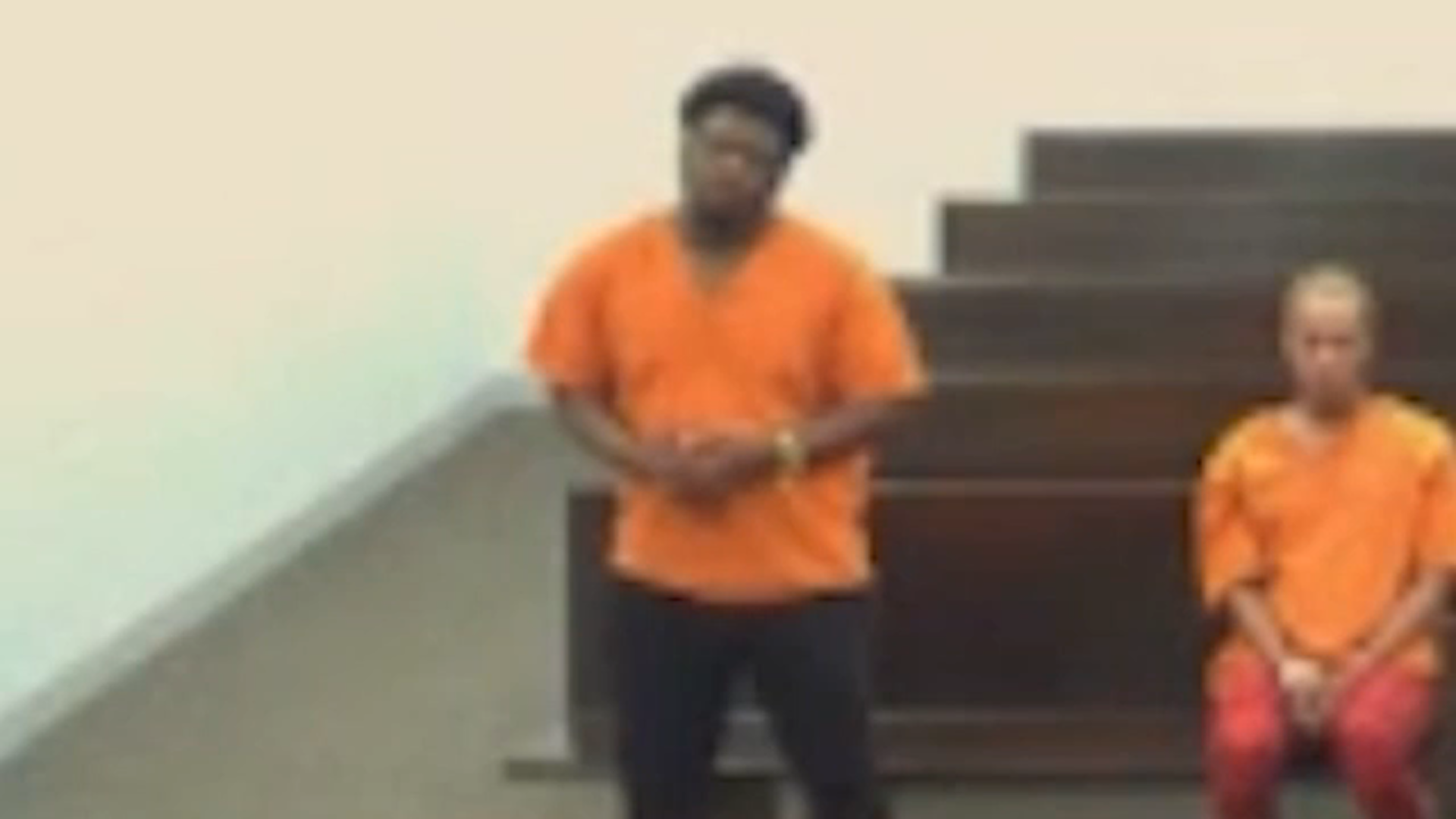How do you make a COVID-19 vaccine? An expert explains using M&M's

HOUSTON, Texas (KTRK) -- In the midst of the COVID-19 pandemic that has already claimed the lives of hundreds across the country, city of Houston officials say there is already a vaccine in the works.
During a press conference on Monday, Houston's top health official offered the latest developments on a coronavirus vaccine and even explained the development process using candy.
Here's how he did it:
"Think of like an M&M candy," said Dr. David Persse, local health authority for the Houston Health Department. "It has a protein shell on the outside and then on the inside, it's the RNA (single-stranded molecule) or DNA (double-stranded molecule.) In this case, it's RNA. That's what causes the problem."
He said your immune system doesn't see the RNA inside, it only recognized "the candy coating," which is the protein shell on the outside.
Persse said when creating a vaccine, the first step is to sequence the DNA in the virus, so that you can start creating the protein shell.
"When they make vaccines, they take a lot of virus, think of M&Ms, [and] they smash them up and they melt away the chocolate," explained Persse. "What's in the vaccine is that protein shell, bits of pieces of that protein shell, because that's what your immune system needs to learn that's not supposed to be in your body. So, when it sees that protein shell later, it attacks it and eliminates it."
Persse said the process that once took months to accomplish can now be done in weeks.
"That's put us way ahead of the curve of vaccine production," he said. "We've got vaccines that are at the point where they can be tested."
Though the vaccines are ready to be tested, Persse said it must be done in phases.
In phase one, Persse said the vaccine will be administered to a small group of people to make sure they don't have an unexpected, negative reaction to it.
The second phase is considered more of safety evaluation, according to Persse. He said if the group in phase one doesn't experience any negative reactions to the vaccine, it is then administered to a slightly larger group of people. This group will also be monitored.
Phase three is similar to phase two, but this is the phase that officials make sure the vaccine actually works.
It isn't until phase four in which the vaccine is then marketed for public use.
"The fact that we're already in phase one trials in a virus that was just first recognized a couple months ago is miraculous," said Persse. "We need to all be very happy about that, but it's still going to be some time before it's ready for widespread use."









